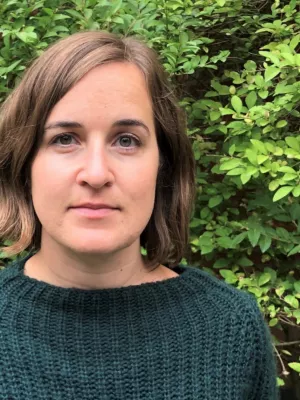
Pernilla Borgström
Projektledare

Above‐and belowground insect herbivores mediate the impact of nitrogen eutrophication on the soil food web in a grassland ecosystem
Författare
Summary, in English
Insect herbivores are important drivers of ecosystem processes in grasslands, and can mediate the grassland's response to environmental change. For example, recent evidence shows that above‐ and belowground herbivory, individually and in combination, can modify how a plant community responds to nitrogen (N) eutrophication, an important driver of global change. However, knowledge about how such effects extend to the associated soil food web is lacking. In a mesocosm experiment, we investigated how communities of soil nematodes – an abundant and functionally important group of soil organisms – responded to above‐ and belowground insect herbivory at contrasting N levels. We found that the strongest influence of above‐ and belowground herbivory on the nematode community appeared at elevated N. The abundance of root‐feeding nematodes increased when either above‐ or belowground insect herbivores were present at elevated N, but when applied together the two herbivore types cancelled out one another's effect. Additionally, at elevated N aboveground herbivory increased the abundance of fungal‐feeders relative to bacterial‐feeders, which indicates changes in decomposition pathways induced by N and herbivory. Belowground herbivory increased the abundance of omnivorous nematodes. The shifts in both the herbivorous and detrital parts of the soil food web demonstrate that above‐ and belowground herbivory does not only mediate the response of the plant community to N eutrophication, but in extension also the soil food web sustained by the plant community. We conclude that feedbacks between effects of above‐ and belowground herbivory mediate the response of the grassland ecosystem to N eutrophication.
Publiceringsår
2018-02-27
Språk
Engelska
Sidor
1272-1279
Publikation/Tidskrift/Serie
Oikos
Volym
127
Issue
9
Dokumenttyp
Artikel i tidskrift
Förlag
Wiley-Blackwell
Status
Published
ISBN/ISSN/Övrigt
- ISSN: 1600-0706